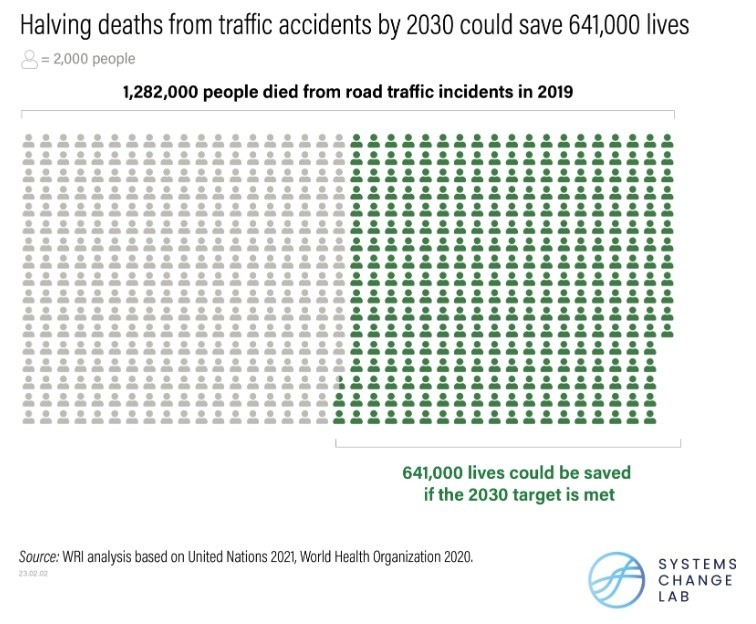Reliable Access to Safe and Modern Mobility: A Vital Element for Sustainable Transportation
The transportation sector is critical in shaping our daily lives, economy, and environment. However, traditional transportation systems that rely heavily on fossil fuels, such as cars and trucks, significantly negatively impact air quality, public health, and climate change. To address these challenges, we need to reimagine transportation systems that are low-carbon, safe, modern, and accessible to all.
One critical aspect of sustainable transportation is the guarantee of reliable access to safe and modern mobility. Such a system would prioritize the safety and well-being of all users, including pedestrians, cyclists, drivers, and public transportation passengers. It would also promote physical activity and health by integrating walking, cycling, and other non-motorized modes of transportation.
A critical component of reliable access to safe and modern mobility is expanding the infrastructure around public transportation systems. Public transportation offers a more sustainable and efficient transportation than private cars. However, for public transportation to be a viable option, it needs to be safe, convenient, and accessible. Expanding the infrastructure around public transportation systems with dedicated walkways or bike paths will not only combat vehicular congestion and reduce air pollution but also encourage more physical activity such as walking, cycling, or using scooters.
Additionally, a safer transportation system will prevent crashes and death associated with vehicle travel. In 2019, 1.35 million people died on roadways globally, nearly half of them pedestrians or cyclists. In response to this crisis, the United Nations set a target to halve injuries and deaths from road traffic crashes by 2030. Achieving this goal requires concerted efforts to protect pedestrians, cyclists, and drivers alike, such as improving street designs, creating protected bicycle lanes, and enforcing traffic laws.
Another critical aspect of reliable access to safe and modern mobility is the integration of contemporary transportation technologies. The transportation sector is undergoing rapid technological advancements, including autonomous vehicles, electric vehicles, and advanced traffic management systems. These technologies can significantly improve safety, reduce emissions, and increase efficiency. However, for these technologies to be effective, they need to be integrated into a holistic transportation system that prioritizes safety, accessibility, and equity.
Finally, reliable access to safe and modern mobility requires a comprehensive approach that considers the needs of all users, including vulnerable populations. Low-income communities, people with disabilities, and people of colour often face disproportionate challenges in accessing safe and reliable transportation. To address these challenges, transportation policies and programs should prioritize equity, accessibility, and social inclusion.
In conclusion, guaranteeing reliable access to safe and modern mobility is vital for sustainable transportation. It requires a holistic approach that integrates public transportation, non-motorized modes of transportation, current technologies, and equity considerations. By prioritizing safety, health, and accessibility, we can create transportation systems that benefit all users, reduce emissions, and promote a sustainable future.

